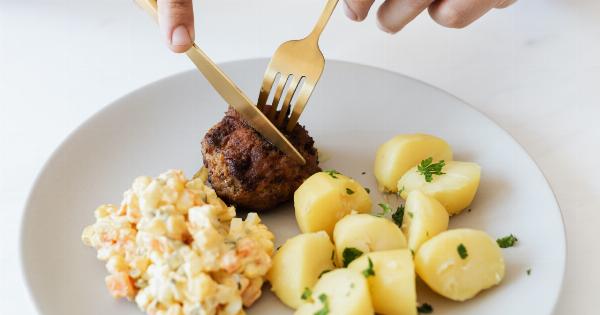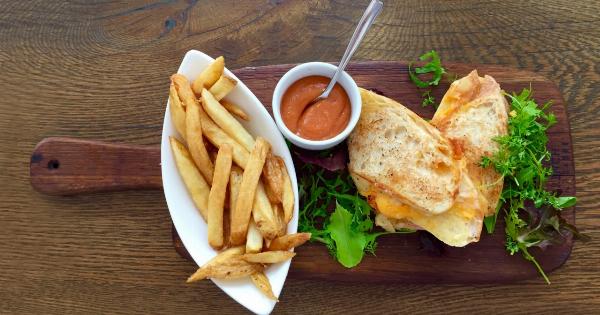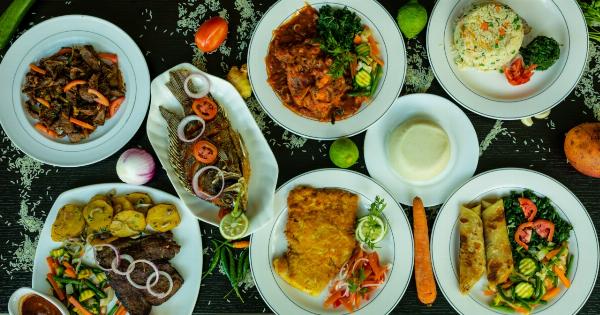Eating healthy can often seem overwhelming, between selecting nutritious ingredients, meal prepping, and cooking. Creating a meal plan can help simplify the process, but sometimes even that can be a daunting task.
Here are 10 ways to make meal planning easier:.
1. Plan your meals around ingredients you already have
Before making a meal plan, assess what ingredients you already have in your pantry, fridge and freezer. This way you can plan your meals around what you already have at home rather than buying new ingredients.
2. Keep your pantry stocked with essentials
Keeping a well-stocked pantry can make meal planning a lot easier. Have essentials on hand such as rice, pasta, canned beans, canned tomatoes, spices, and herbs. This way you can easily create meals with ingredients that you already have.
3. Pick simple recipes
Complicated recipes can be overwhelming. Select simpler recipes that require only a few ingredients and have fewer steps. This will make meal planning more manageable and enjoyable.
4. Cook in bulk
Cooking in bulk will save you time and energy in the long run. Plan to make larger batches of meals that you can enjoy throughout the week, or even freeze for later. This will save you from constantly needing to cook from scratch.
5. Use leftovers creatively
Leftovers are a great way to save time and minimize food waste. Try to get creative with your leftovers by using them in the following day’s meals.
For example, leftover roasted vegetables can be used in an omelette for breakfast, or a chicken roast can be shredded and made into a soup the next day.
6. Use meal planning templates
Meal planning templates can be a useful tool. You can find many different templates online or create your own. This way you can easily plan out your meals for the week and keep track of what you have already cooked or eaten.
7. Plan for snacks and desserts
Don’t forget to plan for snacks and desserts. This can help you avoid reaching for unhealthy options when you’re having a craving.
Try to stock up on healthy snack options such as fruits, vegetables, or nuts and plan for healthier dessert options like yogurt or fresh fruit.
8. Plan for convenience
Convenience can be a game changer when it comes to meal planning. Plan meals that are convenient for your lifestyle such as meals that can be prepared quickly, meals that can be eaten on-the-go, or meals that can be easily reheated.
9. Be flexible
Meal planning doesn’t have to be rigid. Be flexible and adaptable. Sometimes things come up or you might not have time to make a certain meal. Be open to changing up your meal plan or even switching meals around.
The goal is to make meal planning easier, not more stressful.
10. Keep it simple
At the end of the day, it’s important to keep things simple. Don’t overwhelm yourself with complicated meal planning strategies or recipes. Keep it simple, healthy and enjoyable.




























